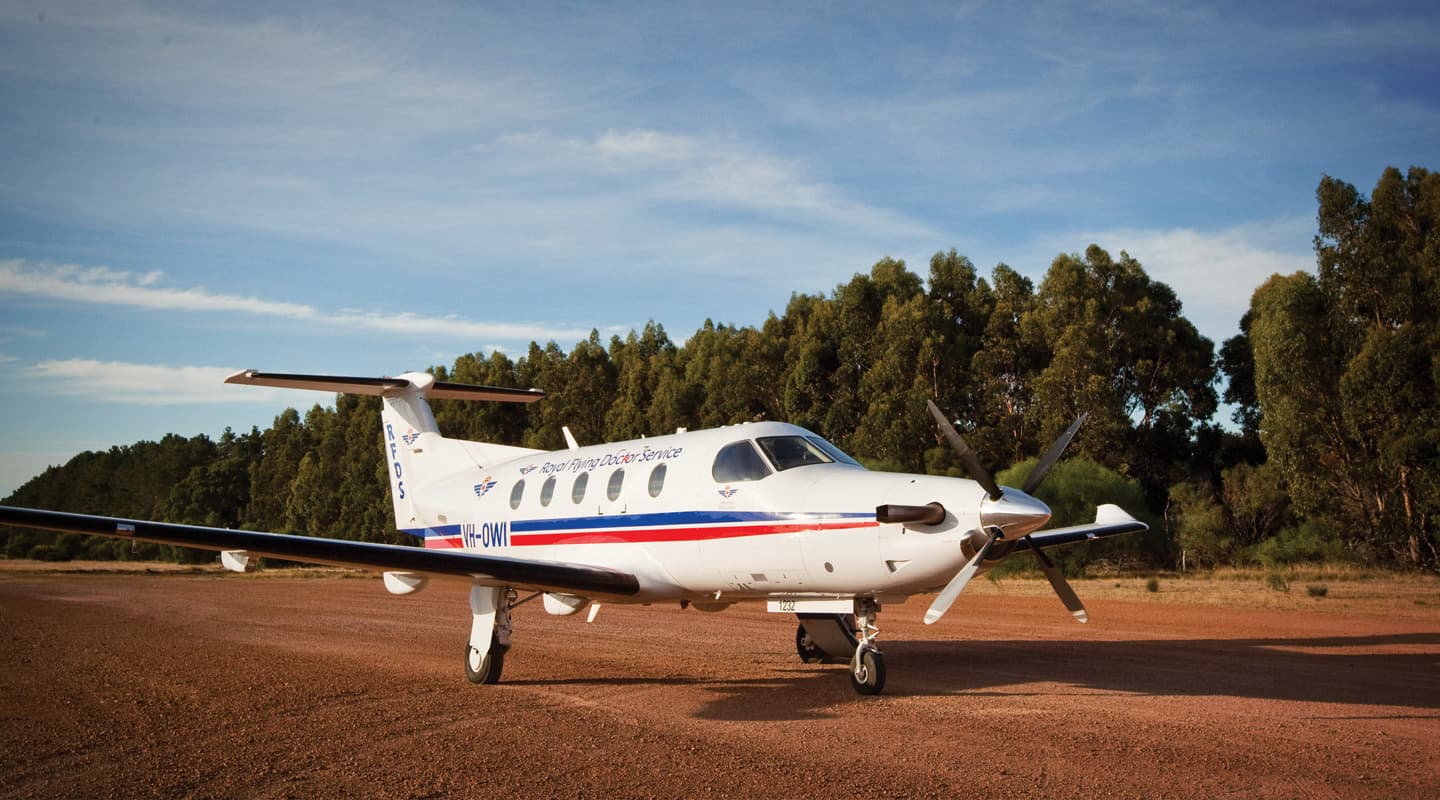
On The Fly VC
The Royal Flying Doctor Service has a long tradition of pushing the boundaries of technology. We look at the latest move into desktop and portable video conferencing.
Text:/ Andy Ciddor
There are few things more instantly recognisably Australian as the Royal Flying Doctor Service (RFDS). From its inception in the late 1920s the RFDS used the cutting-edge technologies of aviation and wireless communications to enable people in the most remote parts of the continent to be within reach of modern medical help. Starting out in Cloncurry, Queensland, as the vision of Presbyterian minister John Flynn, and originally known as the Australian Inland Mission Medical Service, the RFDS today covers the entire country though its federation of seven independent state and territory services, organised into four operating divisions: Central Operations, Queensland Section, South Eastern Section and Western Operations.
PEDALLING WIRELESS
When the service was first established, its effectiveness was limited by the ability of those in need of its help to make their situation known. While most outback police stations in the 1920s had wireless-telegraphy (Morse code) sets that could contact the Flying Doctor, many of those requiring medical assistance were days, or even weeks of travel, from these communication hubs. To extend what he dubbed “the mantle of safety”, Flynn commissioned South Australian electrical engineer Alf Traeger to develop a radio set for use in settlements that had no electricity supply or technical support. Traeger presented him with the now-legendary Pedal Wireless, a simple and compact short-wave transceiver, powered by a pedal-driven generator. As the development of radio voice communications was still decades away, and Morse code keying was hard to learn, Traegar then went on to develop a mechanised Morse code keyboard, based on a typewriter mechanism. Some 50-odd of these keyers were deployed in outback homesteads in those early days.
The RFDS has continued to adopt every available medical, aviation and communications advance to extend and improve the quality of that mantle of safety throughout Australia. While day-to-day operational communications have continued to be conducted by voice and text in their wide variety of forms, in 2006 the Service introduced Polycom/Tandberg video conferencing facilities into most of its bases around the country. Linked via a leased Wide Area Network (WAN), these high-bandwidth meeting room systems have been used extensively for medical and administrative conferences and medical training sessions.
(above) One of the RFDS fleet of Swiss-made Pilatus PC-12/47E aircraft
Image courtesy Royal Flying Doctor Service
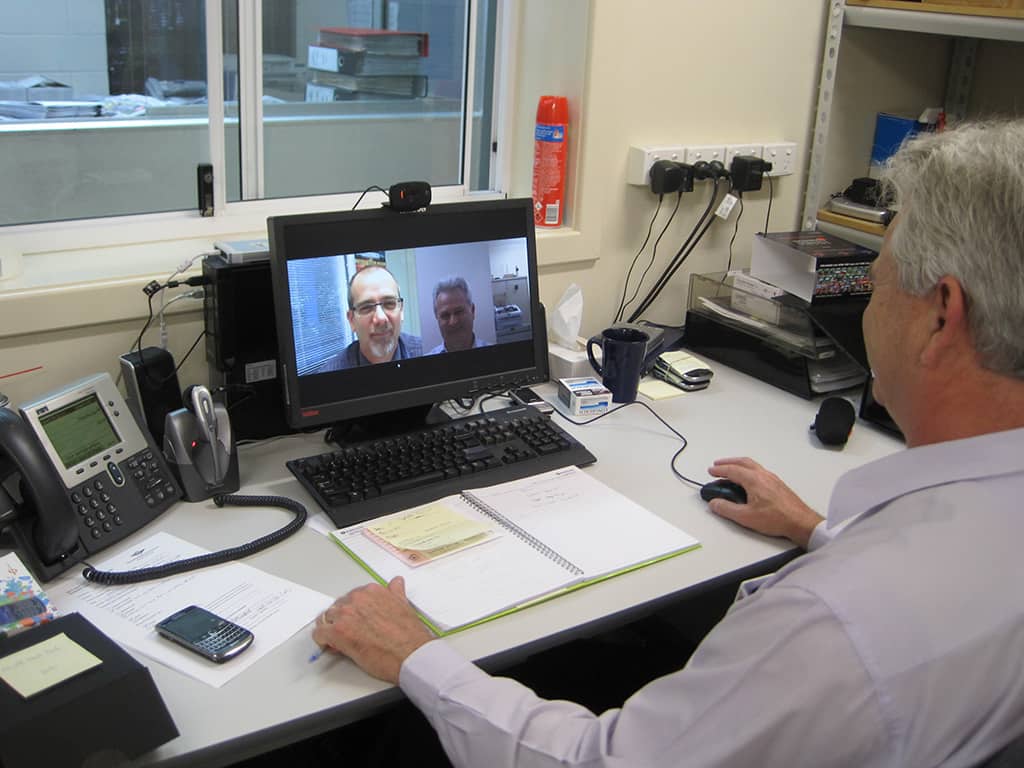

DOCTORED TECHNOLOGY
By 2010 Western Operations, ICT Manager Matthew Turany was of the opinion that video conferencing technology was fast approaching the point where everyday internet connections between everyday off-the-shelf portable computing devices would result in simple, direct and reliable video conferencing. The hope was that such technology could break video conferencing free of its dedicated rooms and networks and place it in the hands of clinicians, and possibly even their patients, scattered across this wide brown land.
The target applications for such a system include direct desktop conferences between the widely-scattered RFDS administration, operations and medical staff, ad hoc clinical collaboration between on-duty medical staff located anywhere in the network, and to extend the RFDS reach to include providing clinical support to nursing stations at bush hospitals, stations and mine sites.
Turany set about evaluating a range of available and under-development desktop video conferencing products that included Cisco’s WebEx, Citrix’s Go-To-Meeting, Polycom’s Telepresence m100, Radvision’s Scopia and Vidyo’s VidyoDesktop. His ideal product ran on the wide range of hardware platforms in use by both the RFDS and the organisations they would be regularly contacting; was miserly in its use of sometimes-scarce bandwidth; and would be cost-effective for the entire user community.
A major consideration was whether to take on the task of hosting the connection server with its attendant bandwidth and maintenance issues, or simply to buy in hosting-as-a-service and pay by the connection, desktop client licence and conference duration. After looking at the numbers for expected use and factoring in the likely rapid growth in take-up as the user community expanded and found new applications for video conferencing, Turany concluded that owning and maintaining a system would quite rapidly prove to be the most cost effective approach.
One lingering doubt about this strategy was the ease of expanding connection capacity from a service provider by ticking a box on a screen, compared with the need to purchase upgrades or replacements for a locally-owned device. Indeed, one of the deciding factors in the choice of systems was the offer from the successful vendor to give full credit for an existing appliance when later upgrading to more powerful hardware.
ACTIVATING APPLIANCES
After considering all the options, RFDS went with Vidyo technology, the system already being used at the Vatican, by NASA in their links to the International Space Station, and supplied by Evidence Technology throughout Australia to St Vincents and Mater Hospitals in Sydney, the Australian Health Practitioners Regulatory Authority, the Australian Electoral Commission, Department of Education, Employment and Workplace Relations, WA Industrial Relations Commission and NSW Rural Doctors Network. The installation in the RFDS Western Operations facility at Jandakot Airport, in the southern suburbs of Perth, consists of a 1RU VidyoOne H.264/SVC video conferencing appliance and a 1RU VidyoGateway MkII to connect the desktop conferencing network with existing the H.323 and SIP video and audio conferencing facilities. On taking delivery of the system in September 2011, Turany found configuring the VidyOne appliance via its web interface very straight forward, taking just a day and a half from opening the carton to having a fully-operational conferencing system. Although the specification lists the theoretical capacity of the appliance as handling 50 simultaneous connections, during commissioning and phase-in it has only be called upon to handle a maximum of 12 sessions, which it accommodated with aplomb. It’s now installed on desktops at all western RFDS bases: Kalgoorlie, Meekatharra, Port Hedland, Derby, in addition to their Jandakot headquarters.
“”
It’s expected that Australian commercial pilots will be using EFBs some time soon, which effectively puts a video conferencing system in all RFDS aircraft

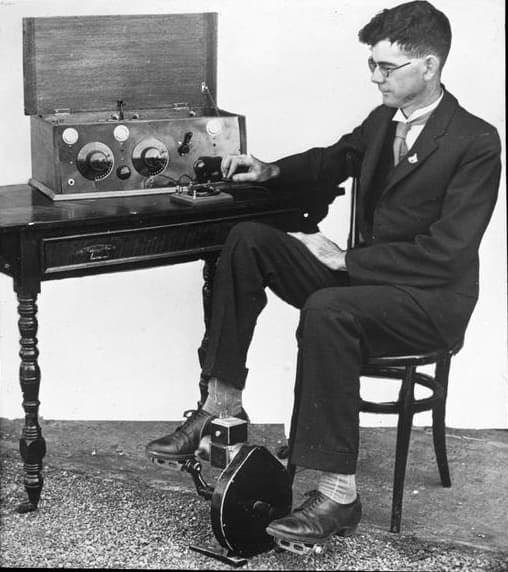

TAKE YOUR TABLETS
Since the videoconferencing system went live in early November, Vidyo has officially announced the existence of an iPad client for the Vidyo system, although it would hardly rate as a well-kept secret during its development. As you would expect, an Android tablet client is (not very secretly) under development. Naturally the RFDS had been testing the beta version of the iPad client and had the release product running on day one.
For the RFDS the tablet client is of particular interest, as the US Federal Aviation Authority has recently approved the use of the iPad as an Electronic Flight Bag (EFB). An EFB is an electronic replacement for the satchel-full of charts of possible landing places that all commercial pilots have previously been required to carry. Australia’s Civil Aviation Safety Authority is currently participating in an international project to examine the practicalities of implementing an EFB. With the group due to present its report in mid 2012, it’s expected that Australian commercial pilots will be using EFBs some time soon, which effectively puts a video conferencing system in all RFDS aircraft and extends medical collaboration wherever the pilot can find a network.


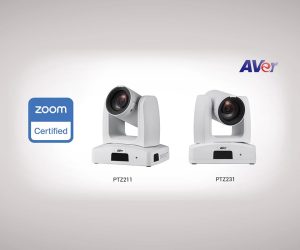
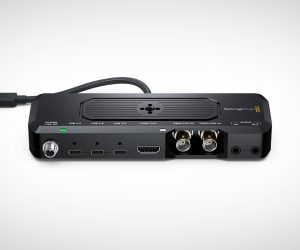

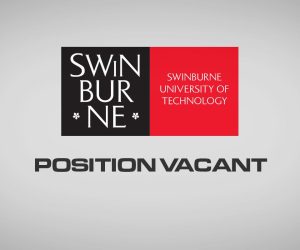









RESPONSES